Huaca De La Luna: The Site Of Human Sacrifices Where 40 Warriors Were Discovered
If you’re exploring Trujillo, Peru, and don’t know where to visit, why not take a trip to the Temple of the Moon?
Not far from the city lies the Huaca de la Luna, the ancient temple that offers a fascinating glimpse into the Moche civilization, which thrived from AD 100 to 800.
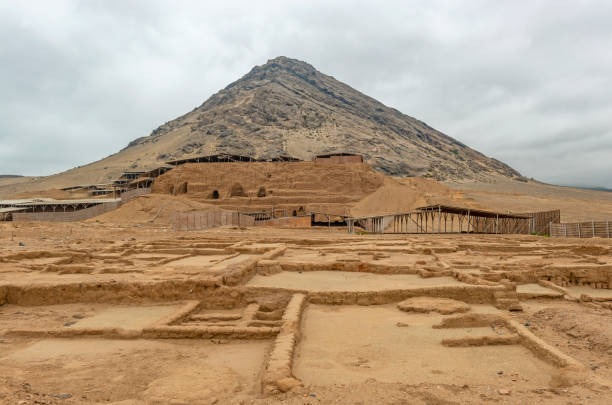
Architecture of Huaca de la Luna
Huaca de la Luna, or Temple of the Moon, is an impressive example of Moche architecture.
It was built from millions of adobe bricks.
The Moche people used advanced building techniques to create a structure that could withstand earthquakes.
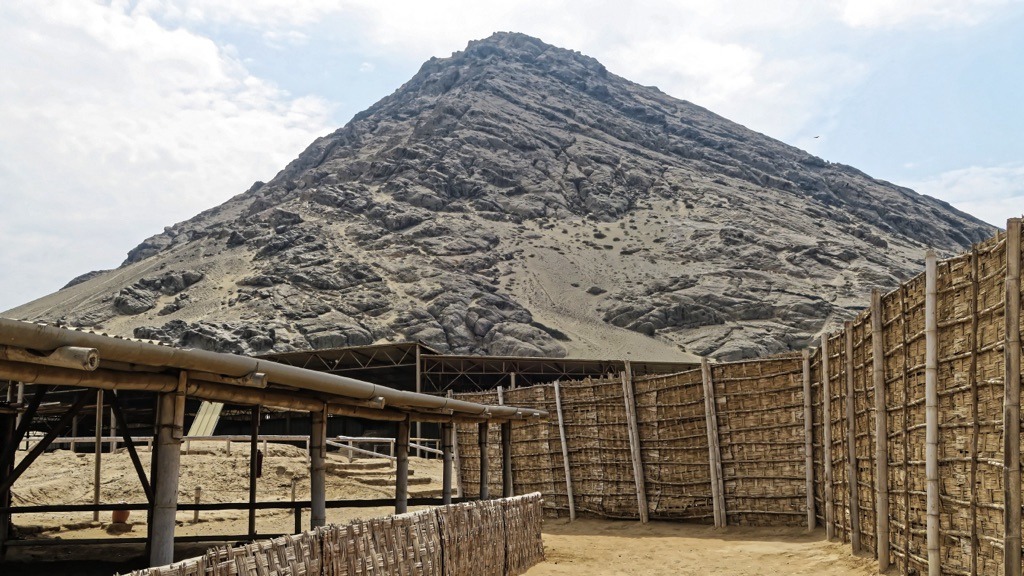
The temple complex was built in multiple stages over several centuries.
It includes several levels and a main ceremonial courtyard.
The temple’s walls are decorated with vivid frescoes that show scenes from Moche mythology and religion.
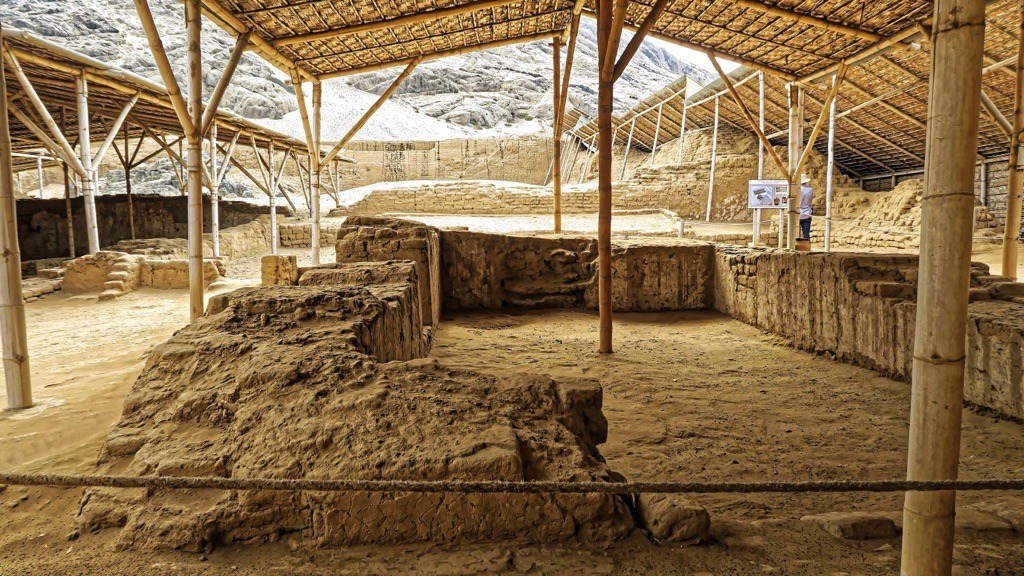
Insights into Moche Life and Rituals
Excavations at Huaca de la Luna have provided invaluable insights into the Moche civilization.
Archaeologists have unearthed evidence of a highly stratified society with skilled artisans, priests, and rulers.
The temple served as a ceremonial center where communal gatherings and sacrificial rites took place.
The artifacts found here, such as pottery and paintings, help us understand the Moche’s intricate cosmology and social hierarchy.
The Moche were also skilled farmers who managed to cultivate the land despite the harsh desert conditions.
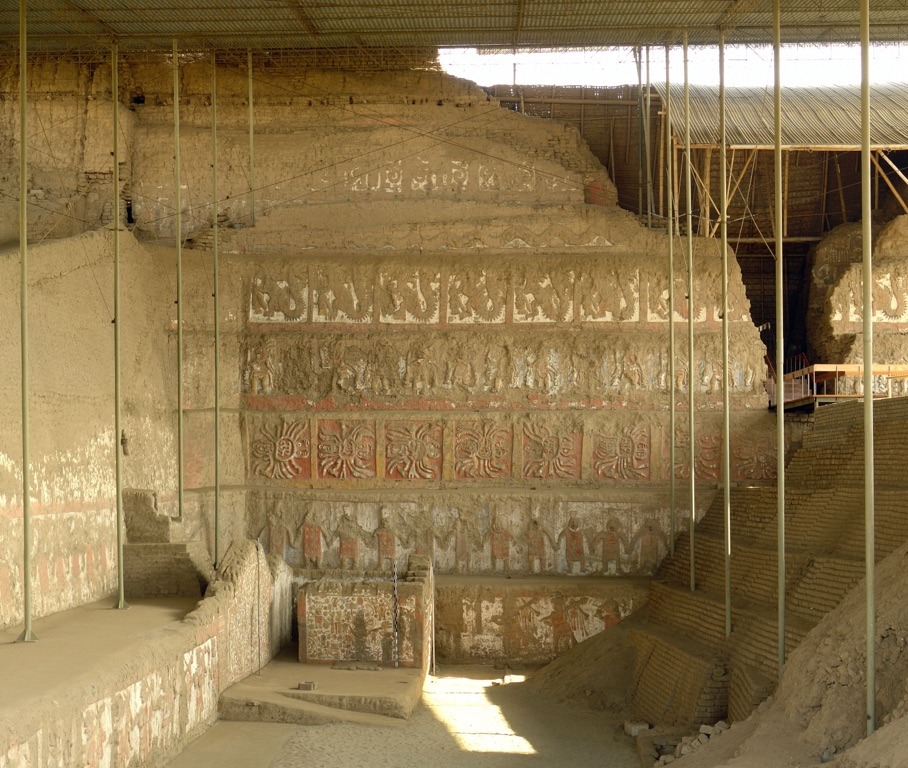
Challenges in Preservation
Preserving Huaca de la Luna has been difficult.
The site has faced significant threats from natural elements such as erosion and El Niño, as well as from historical looting during the Spanish conquest.
During the Spanish conquest in the 17th century, Spanish colonists redirected the Moche River to loot gold from the temple, further harming the structure.
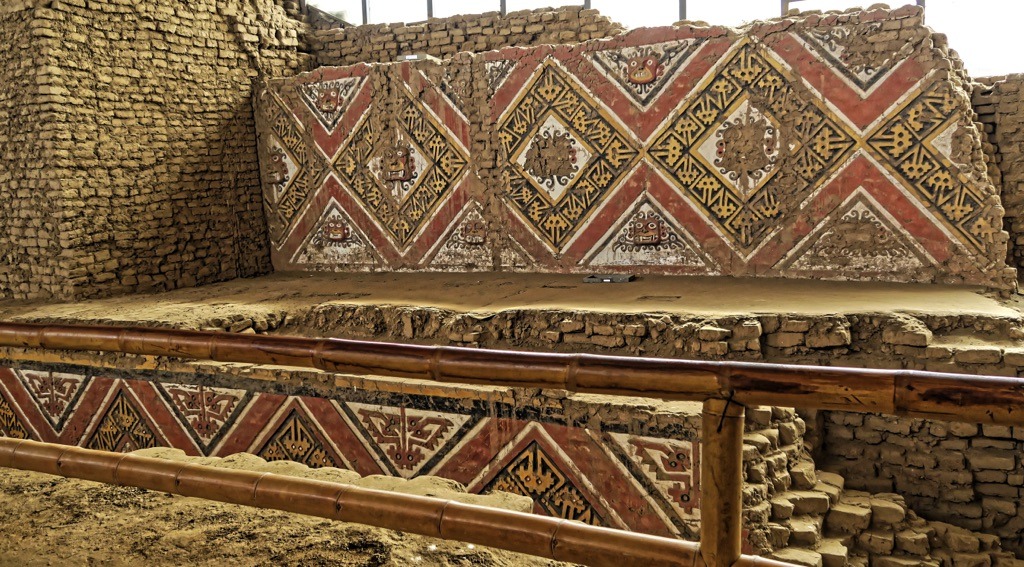
Today, efforts are underway to protect and restore the site.
The Peruvian government and international groups are working to keep Huaca de la Luna safe from further damage while allowing visitors to explore its history.

Ongoing Exploration
Since its rediscovery in the 19th century by French scholar Charles Wiener, Huaca de la Luna has been the focus of many archaeological studies.
Excavations by teams from the Universidad Nacional de Trujillo and the University of Texas have revealed many important discoveries, including detailed murals and evidence of rituals.
How Different Are Huaca del Sol and Huace de la Luna?
Huaca del Sol and Huaca de la Luna both are significant remnants of the Moche civilization and are located near each other in the Moche Valley, close to Trujillo, Peru.
Purpose and Function
Huaca del Sol
Huaca del Sol is a large pyramid made of adobe bricks, built by the Moche civilization between approximately 100 AD and 800 AD.
The construction of the pyramid occurred over several phases, with significant expansions and additions taking place throughout this period, particularly by around 450 AD.
This larger structure is believed to have been used primarily for administrative and political purposes.
It likely served as the residence for the Moche elite and was possibly a royal palace and burial site.
It also played a role in the governance of the Moche people.
Huaca de la Luna
This structure had a more religious and ceremonial function.
It was a sacred space where rituals, including human sacrifices, were conducted.
As many as 40 warriors have been discovered inside the structure!
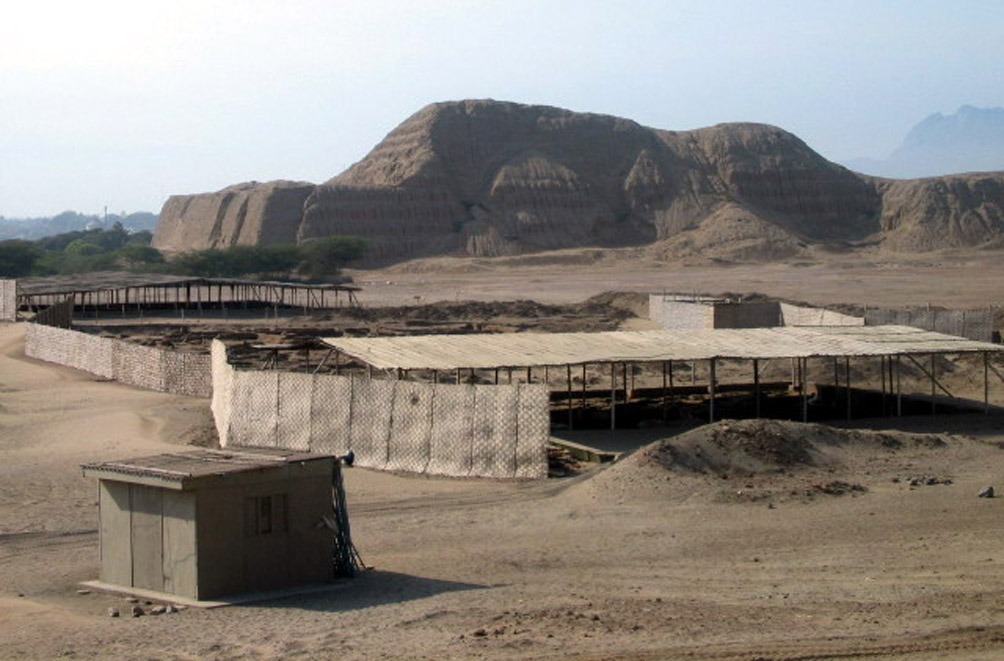
Size and Construction
Huaca del Sol
It is the bigger of the two, originally standing about 50 meters (164 feet) tall and covering an area of approximately 340 by 160 meters at its base.
Legend has it that Huaca del Sol was built by 250,000 men in just 3 days, using over 130 million adobe bricks.
This makes it the largest pre-Columbian adobe structure in the Americas.
Huaca de la Luna
While smaller, Huaca de la Luna is better preserved.
It has several platforms built on top of one another over time, with a height of about 21 meters (69 feet).
The construction was also done with adobe bricks but with a more intricate design, including the vivid murals that have survived for centuries.
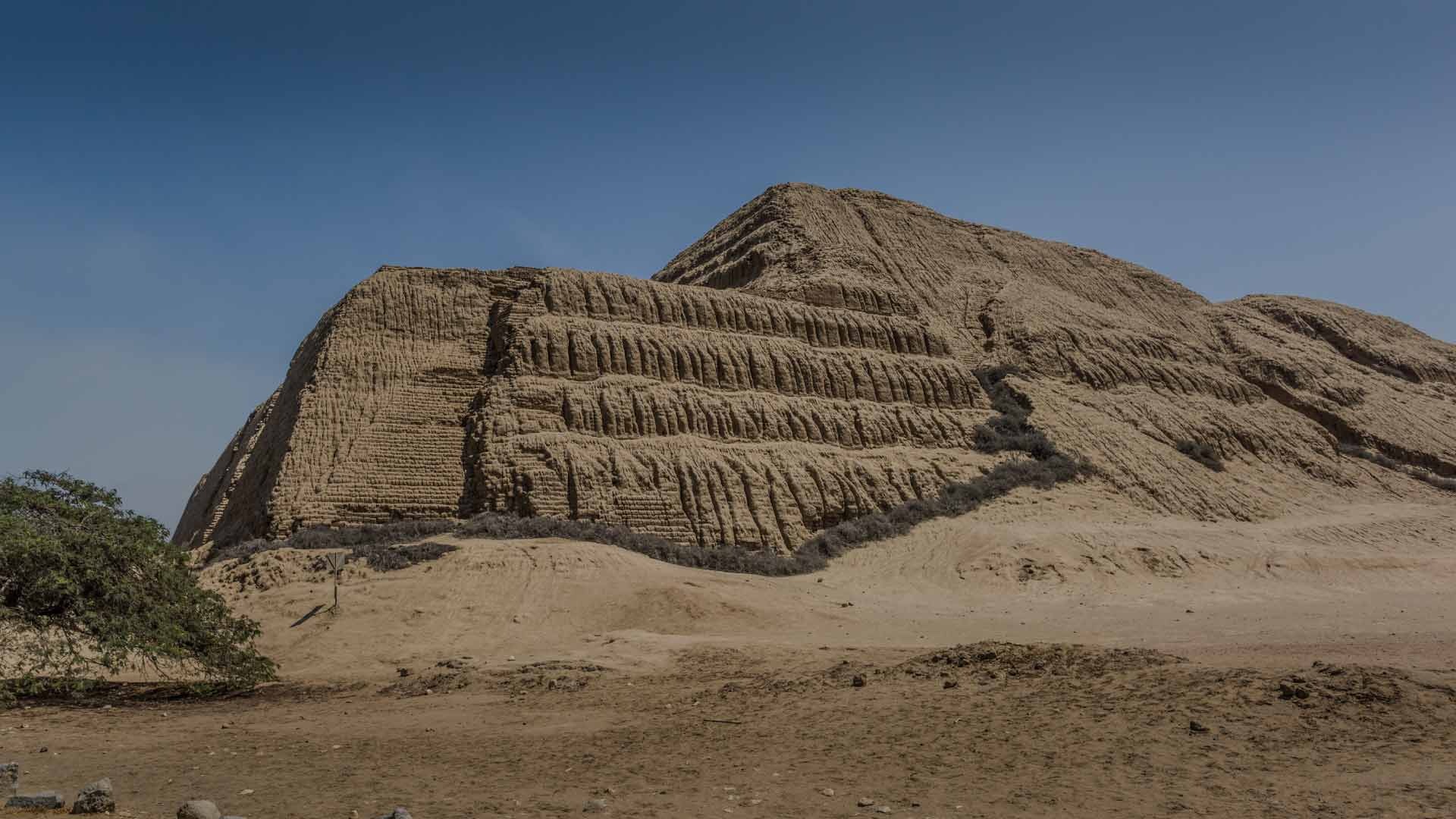
Artistic and Cultural Significance
Huaca del Sol
While it was an enormous structure, much of its artwork and cultural details have been lost due to erosion and looting.
Huaca de la Luna
This temple is famous for its well-preserved murals, which offer valuable insights into Moche mythology, rituals, and society.
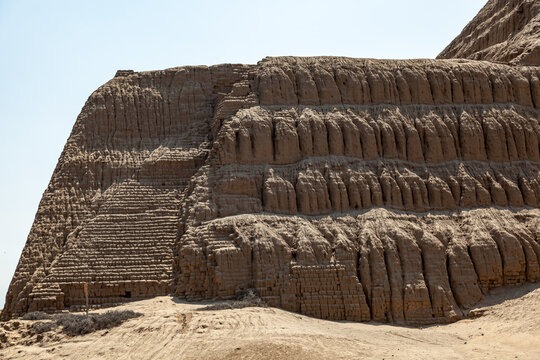
Current Condition
Huaca del Sol
Sadly, only about one-third of the original structure remains due to years of erosion and human activity.
The remaining part stands at 41 meters (135 feet) tall.
Huaca de la Luna
Despite being smaller, it is in better condition, allowing archaeologists and visitors to appreciate its original design and decorations more fully.

